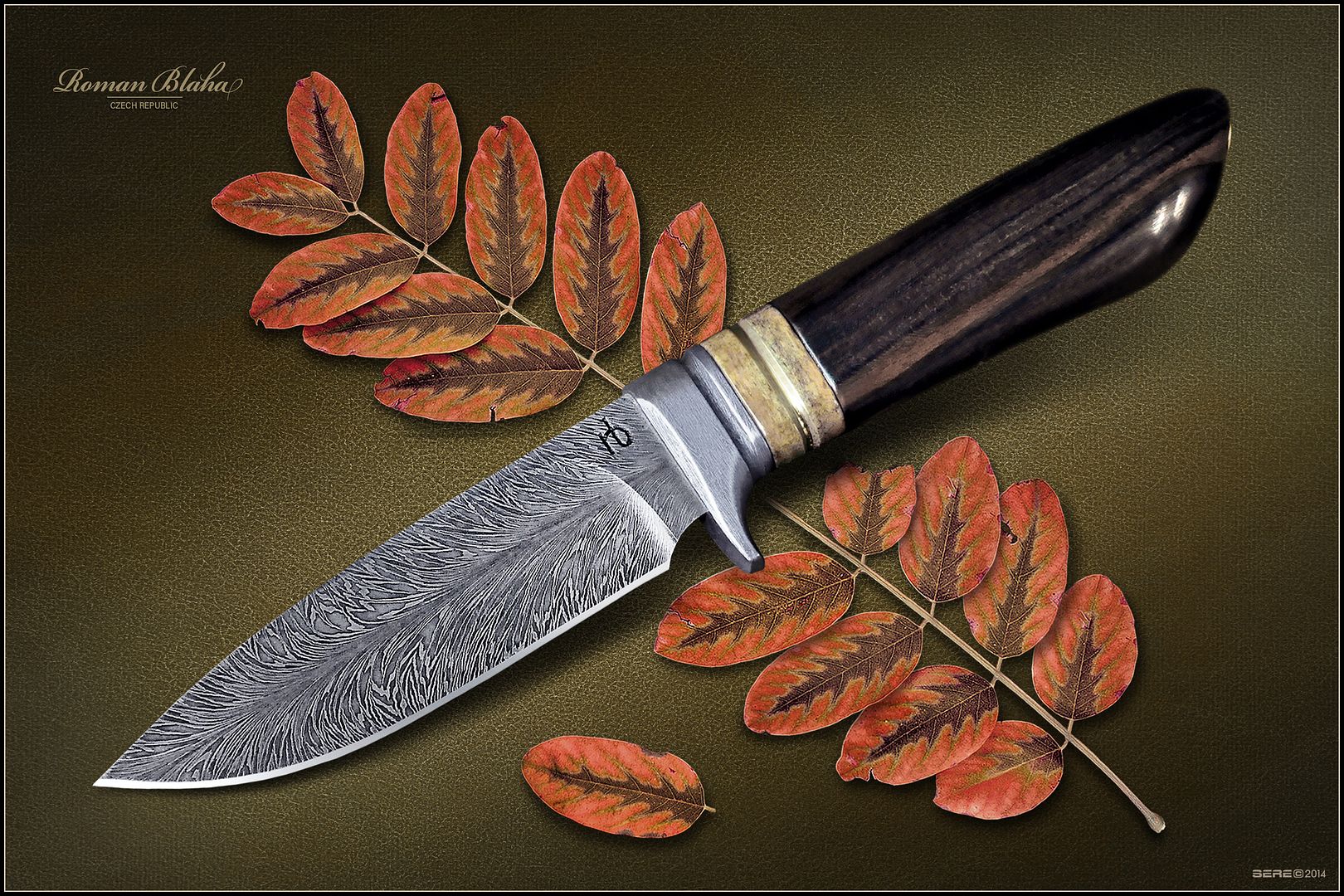"True definition", or "what it is called today"?
"
Damascus steel, also known as
Damascened steel and sometimes
watered steel, now commonly refers to two types of
steel used in custom knife and sword making,
pattern-weld (giving the appearance of original damascus steel) and
wootz (true damascus, a steel of legendary sharpness and strength whose method of forging has been lost to time). Both types of Damascened steel show complex patterns on the surface, which are the result of internal structural elements in the steel. These patterns are the result of the unique forging methods used for the creation of Damascened steel; skilled swordsmiths can manipulate the patterns to mimic the complex designs found in the surface of the original, ancient damascus steel. Recent research into the structure and composition of true damascus steel by a Dresden scientist has revealed that the almost mythical sharpness and strength of the steel was a result of carbon nanotubes and carbide nanowires present in the structure of the forged metal--the secret of which forging method was lost around 1800 A.D."
"Pattern welding is a mechanical process that lays up strips of material which are then pounded together, or folded, as in Japanese practice. If the blade is then etched in acid the layering below the surface is revealed, these patterns are similar to that of Damascus steel. For some time this similarity was used to dismiss Damascus as yet another pattern-welded steel, but modern metallurgy demonstrated this to be wrong.
Pattern welded steel is commonly sold today as "Damascus steel", though it appears that the original Damascus steel was not created with that technique. Pattern weld Damascus is made out of several types of steel and iron slices, which are then welded together to form a billet. The patterns vary depending on what the smith does to the billet. The billet is drawn out and folded until the desired number of layers are formed. The end result, if done well, bears a strong resemblance to the surface appearance of a true Damascus blade, though the internal structure is completely dissimilar."

www.cs.mcgill.ca

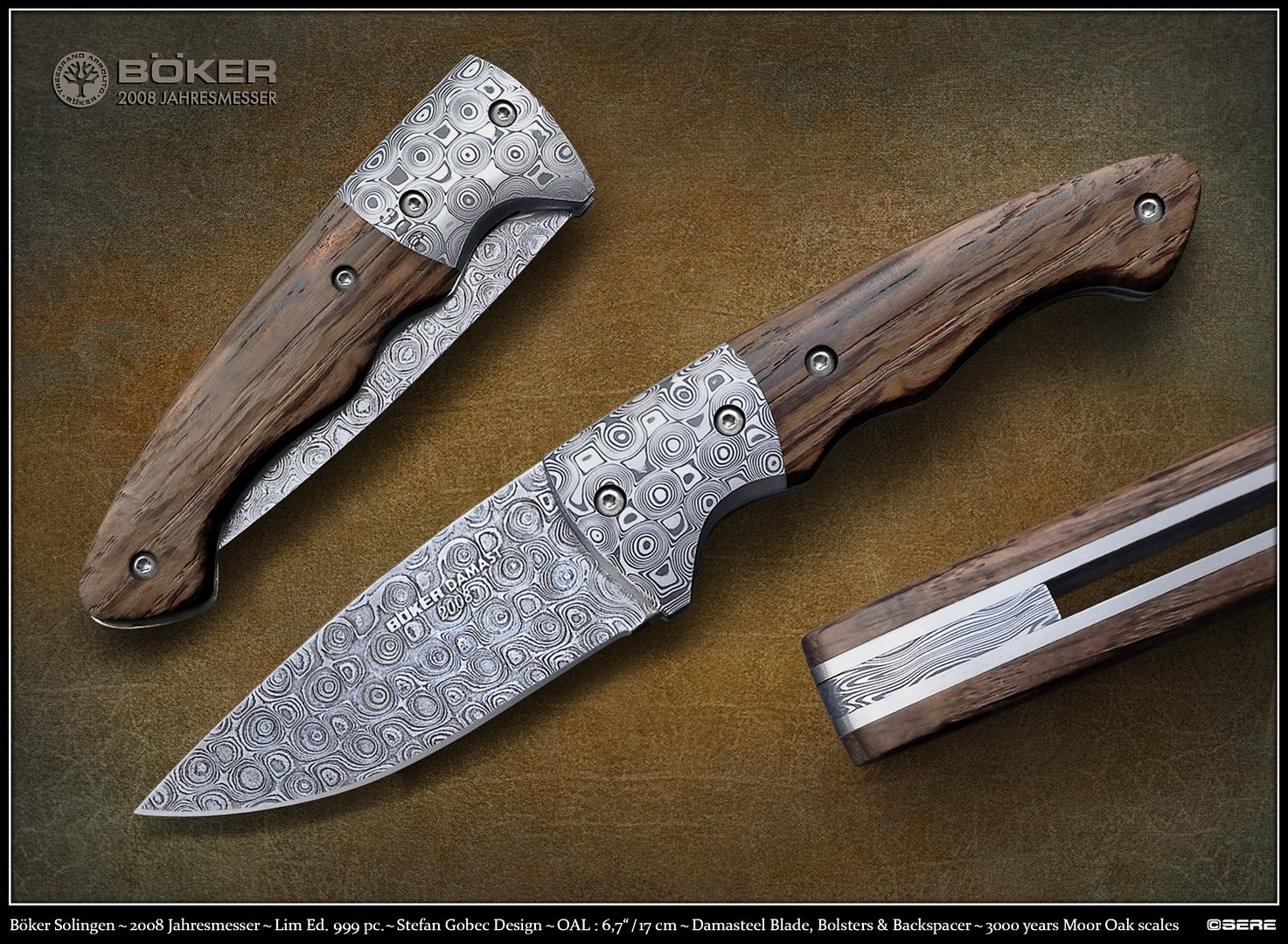
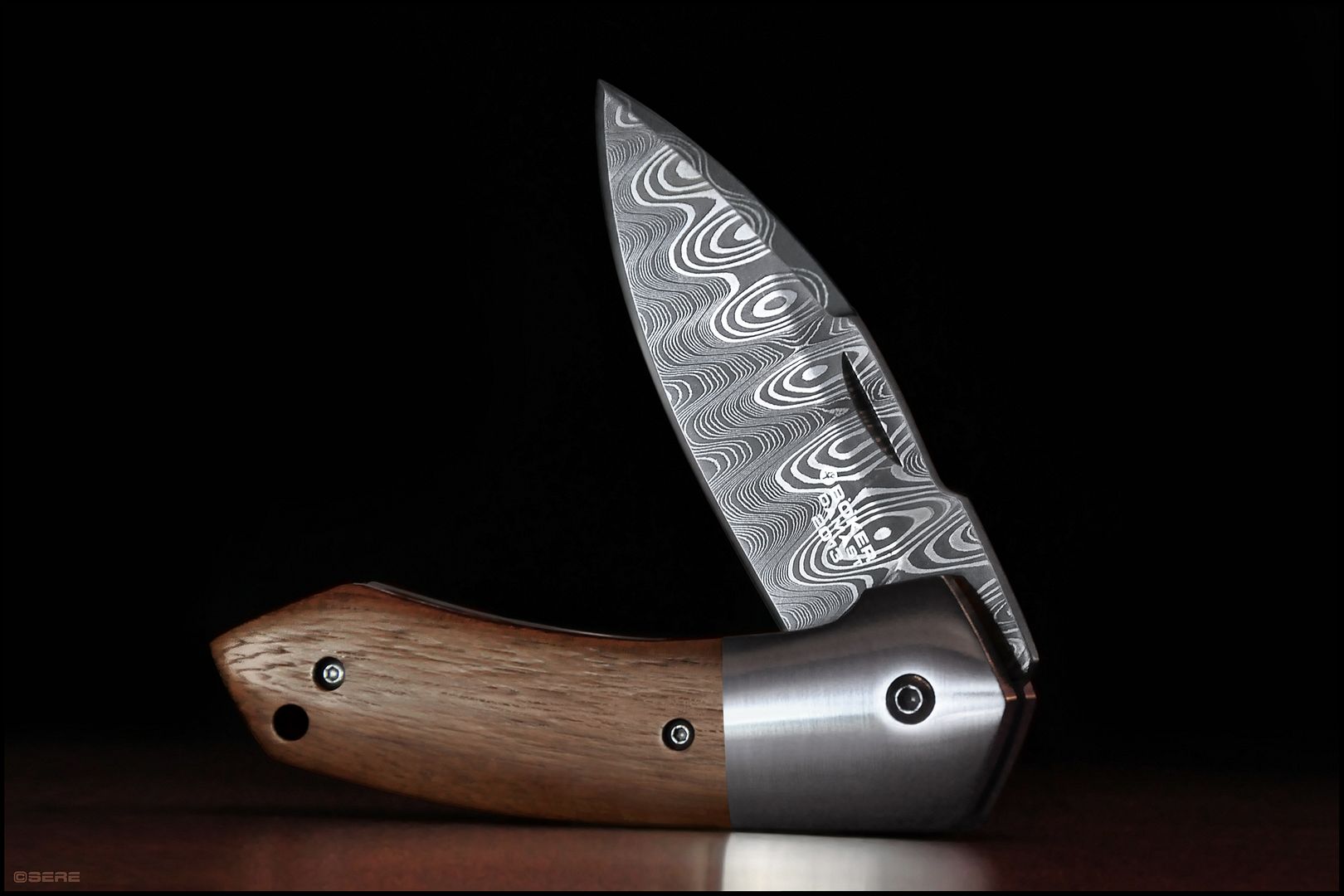
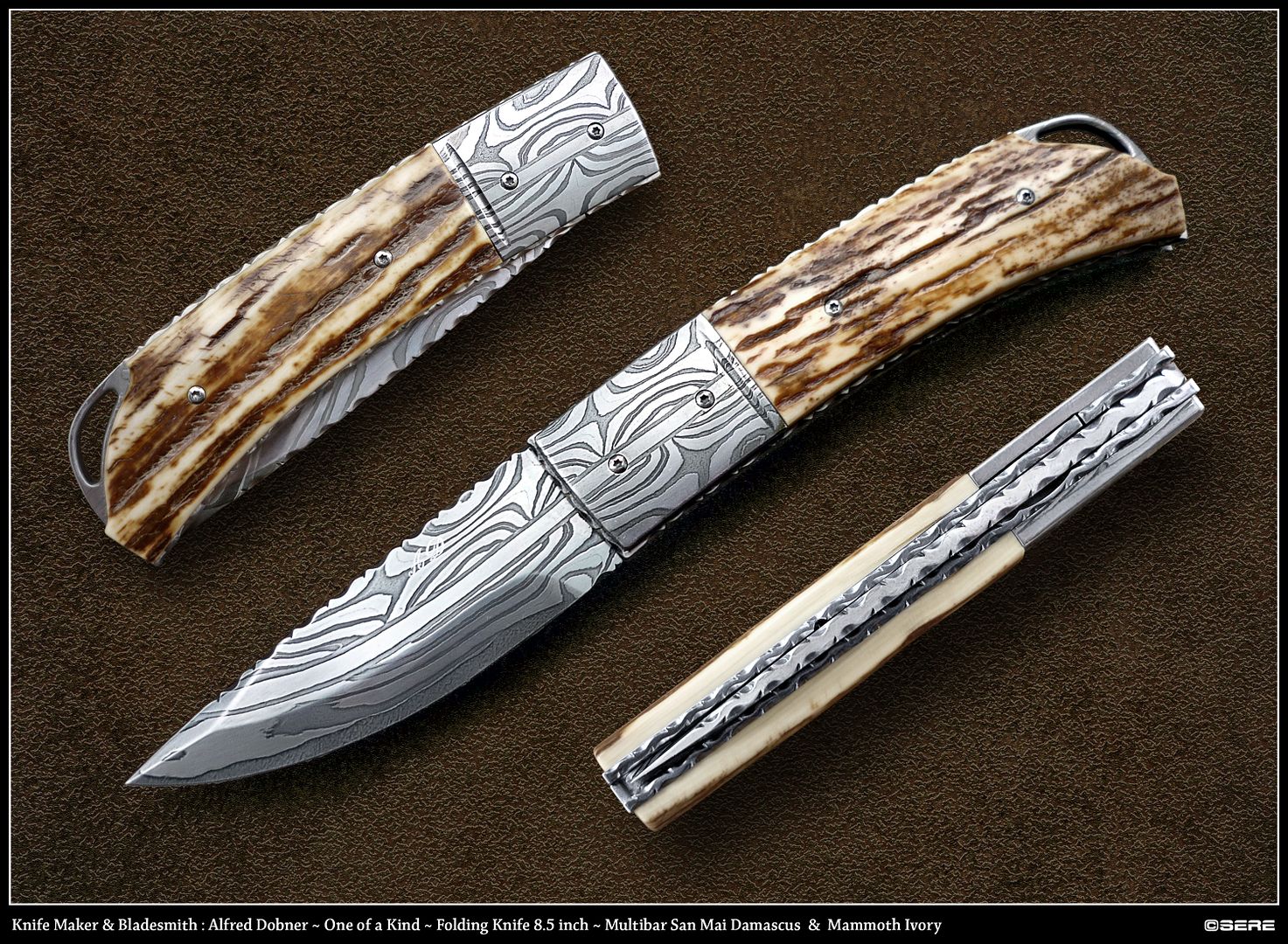
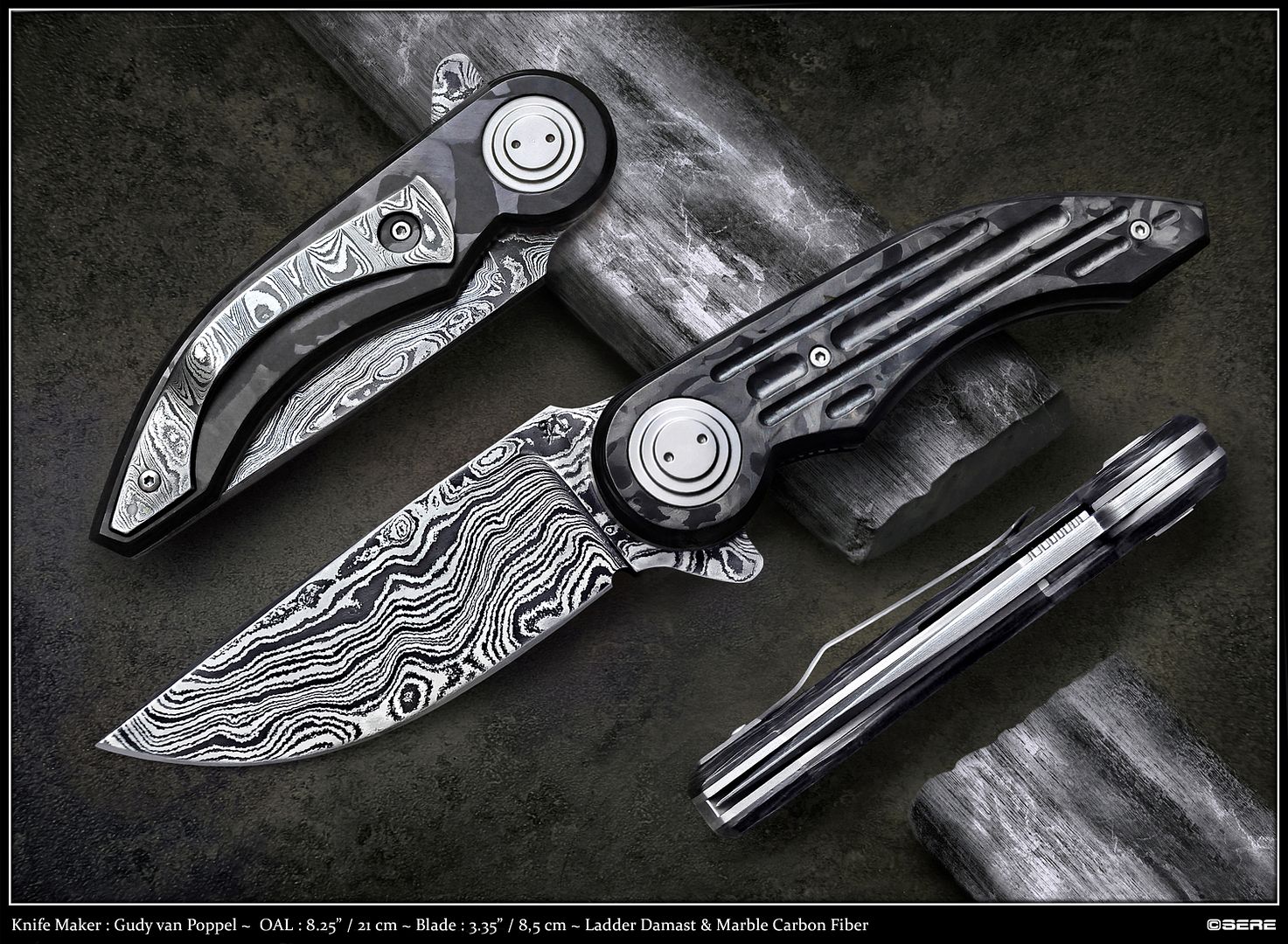
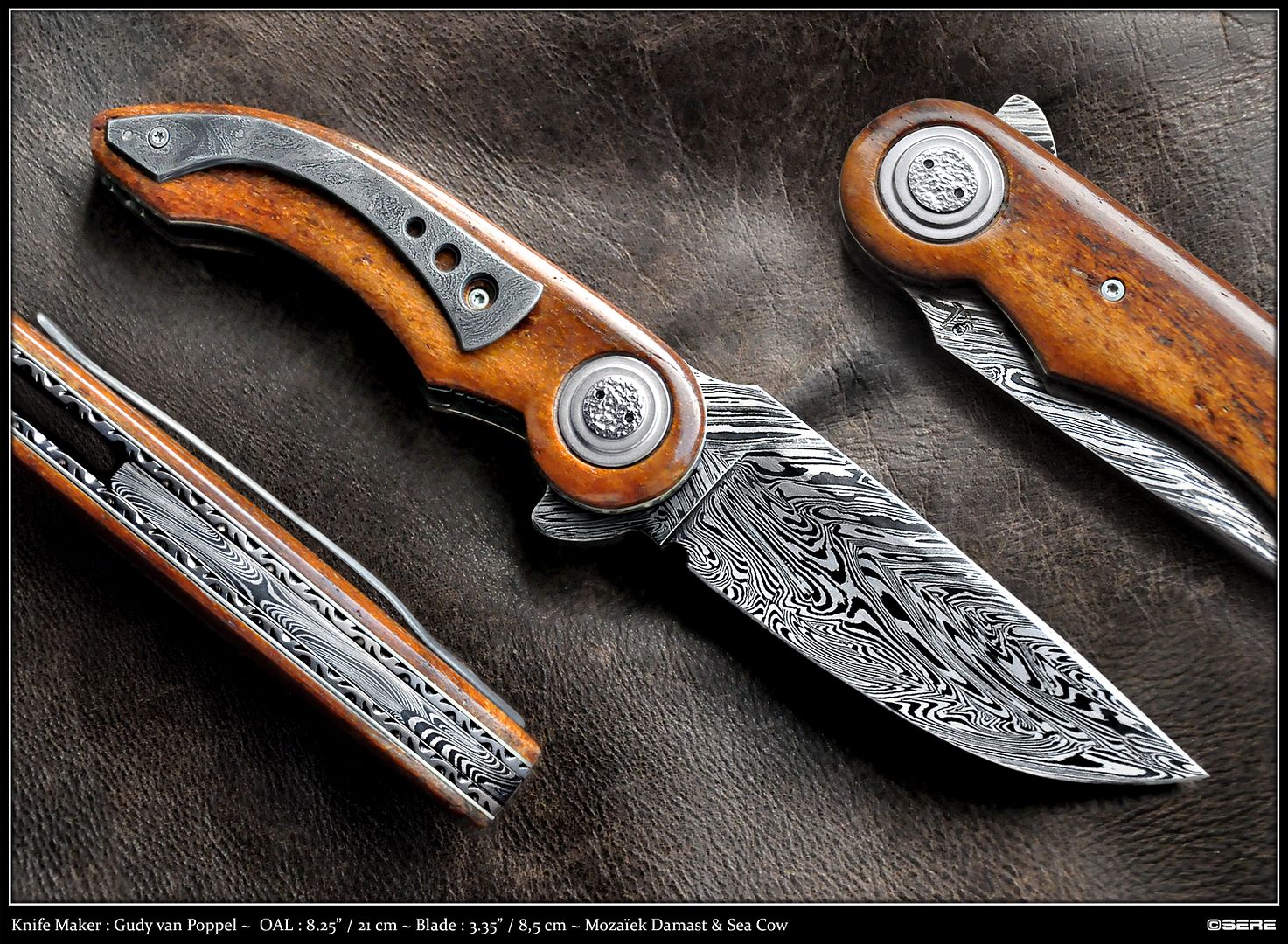
.jpg)
